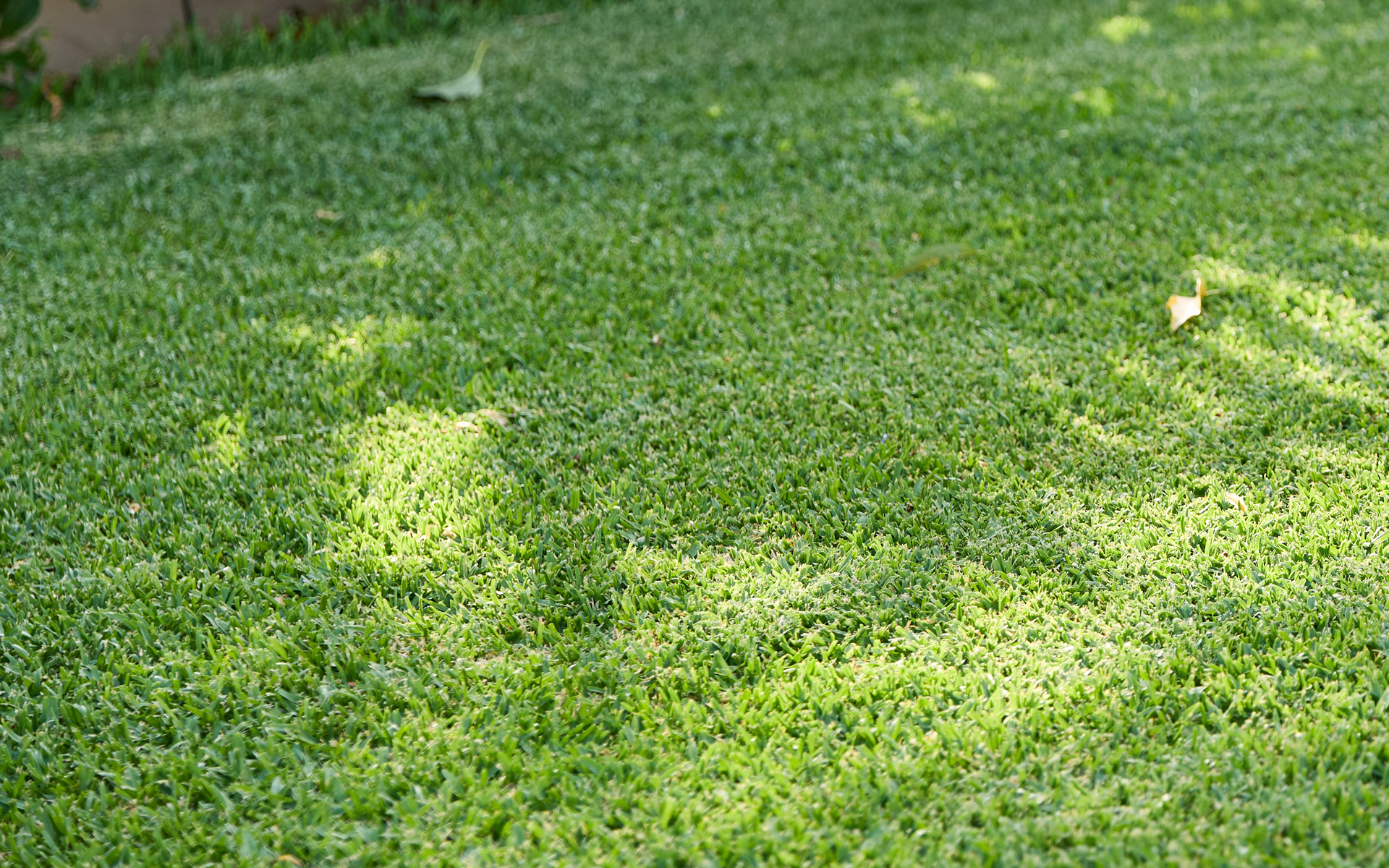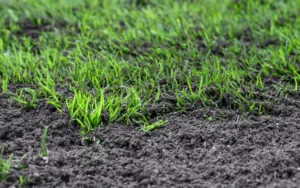Winter might bring cooler breezes and a break from the scorching sun, but for your lawn, it’s a time of stress, slow growth, and vulnerability. Without the right preparation, you could find yourself with patchy, brown turf that struggles to recover come spring. For Aussie homeowners, now’s the time to switch gears and get your lawn winter-ready.
Why Winter Prep Matters More Than You Think
Preparing your lawn for winter isn’t just about preventing it from turning brown. It’s about setting a solid foundation so that when warmer temperatures return, your grass can bounce back with vigour. Healthy winter lawn care creates stronger root systems, discourages weed invasion, and reduces disease risk.
Neglect your lawn now, and you’ll be dealing with more than cosmetic issues later—you could be facing soil compaction, fungal outbreaks, and bare patches that are expensive to fix.
Know Your Lawn Type Before You Start
Before jumping into lawn care tasks, you need to know what kind of grass you have. Each type responds differently to winter, and your approach should reflect that.
- Buffalo grass holds colour longer and is more shade-tolerant, but still slows down significantly.
- Kikuyu stays green longer in warm climates but becomes patchy and weak in cold zones.
- Couch grass goes dormant quickly and loses colour, requiring proactive maintenance.
- Zoysia is more cold-tolerant but becomes dormant and slow-growing.
- Cool-season grasses like ryegrass or fescue stay active in winter and may even thrive.
The type of lawn you’ve got determines your mowing, feeding, and watering schedule. And yes, it affects whether winter overseeding is a good idea or a waste of time.
Autumn is Prime Time for Preparation

Lawn care in winter starts well before the temperature drops. Autumn is your golden window to strengthen your turf and prep the soil. You should:
- Aerate the lawn to relieve compaction and let nutrients reach the roots.
- Top-dress patchy areas with a sandy-soil mix to promote new growth.
- Fertilise with an autumn blend that supports root development rather than leaf growth.
- Trim back overhanging trees to maximise sunlight during the shorter days.
Acting now gives your grass the best chance to hold on to its health when growth slows.
Smart Mowing for Cold Conditions
Winter mowing is all about balance. Too frequent, and you stress the lawn. Too infrequent, and long blades trap moisture and invite disease.
Follow these mowing tips:
- Drop your mower height slightly in late autumn—but don’t scalp the grass.
- Mow only when the grass is dry to avoid damaging the blades.
- Remove no more than one-third of the blade length at a time.
- Always use sharp blades to avoid tearing the grass.
You’re not just cutting grass—you’re preserving it. That’s smart lawn care, no matter what variety you’re working with.
Weed Watch: Stay One Step Ahead
When your grass slows down, weeds like winter grass, capeweed, and clover see their chance to spread. Left unchecked, they’ll choke out your lawn and make spring a nightmare.
To stay in control:
- Apply a selective herbicide suited to your grass type in early winter.
- Hand-pull visible weeds before they seed.
- Avoid disturbing the soil too much, as that can activate dormant weed seeds.
- Maintain dense grass coverage to crowd out opportunistic weeds.
Remember, winter lawn care isn’t just about keeping what’s green alive—it’s about keeping the unwanted stuff out.
Don’t Drown Your Lawn
With evaporation rates down and natural rainfall covering most needs, winter isn’t the time to keep up your summer watering habits.
Here’s what to do instead:
- Water only if the soil is dry and the weather is warm.
- Always water in the morning to prevent overnight fungal growth.
- Check moisture with a simple screwdriver test—if it goes in easily, your lawn’s hydrated.
- Reduce sprinkler usage to avoid soggy soil, which can cause root rot.
Good lawn care means working with the weather, not against it. Let winter rains do the bulk of the work.
Fungal Foes and How to Beat Them
Cold nights and wet days create the perfect storm for fungal infections like brown patch, dollar spot, and red thread. If your lawn looks worse than just dormant, you might be dealing with something more serious.
Protect your turf by:
- Avoiding night-time watering.
- Raking up fallen leaves to prevent moisture buildup.
- Improving airflow by thinning nearby bushes or trees.
- Treating with a fungicide only if needed—don’t overdo it.
A healthy, well-prepped lawn is naturally more resistant to disease. Prevention is cheaper and easier than treatment.
Foot Traffic and Frost: Handle With Care

Lawns in winter are more delicate. Every time you walk over frozen or waterlogged grass, you risk crushing the blades and compacting the soil.
To prevent damage:
- Avoid walking on frosty grass in the morning.
- Keep pets and kids off soggy patches.
- If needed, lay down stepping stones for temporary paths.
- Use lawn edging to guide foot traffic away from vulnerable zones.
Treat your lawn gently now, and it will repay you later with healthier, fuller growth.
The Value of Winter Feeding—Yes or No?
Winter fertilising isn’t always necessary. In fact, feeding the lawn during its dormancy can do more harm than good if you use the wrong type.
Here’s the rule:
- Only apply a fertiliser if it’s a winter-specific blend, high in potassium and low in nitrogen.
- Do it in early winter, not during the coldest months.
- Avoid any fast-release formulas—these can burn dormant grass and encourage weed growth.
Winter lawn care should support roots, not leaves. Save your big feeding efforts for spring.
Final Thoughts: Long-Term Lawn Care Starts in Winter
Winter isn’t a time to ignore your lawn—it’s when the groundwork for future growth is laid. Think of it like maintenance mode. You’re not trying to push for lush green turf in July; you’re protecting what’s there, discouraging weeds, and making sure your grass can bounce back fast when spring arrives.





